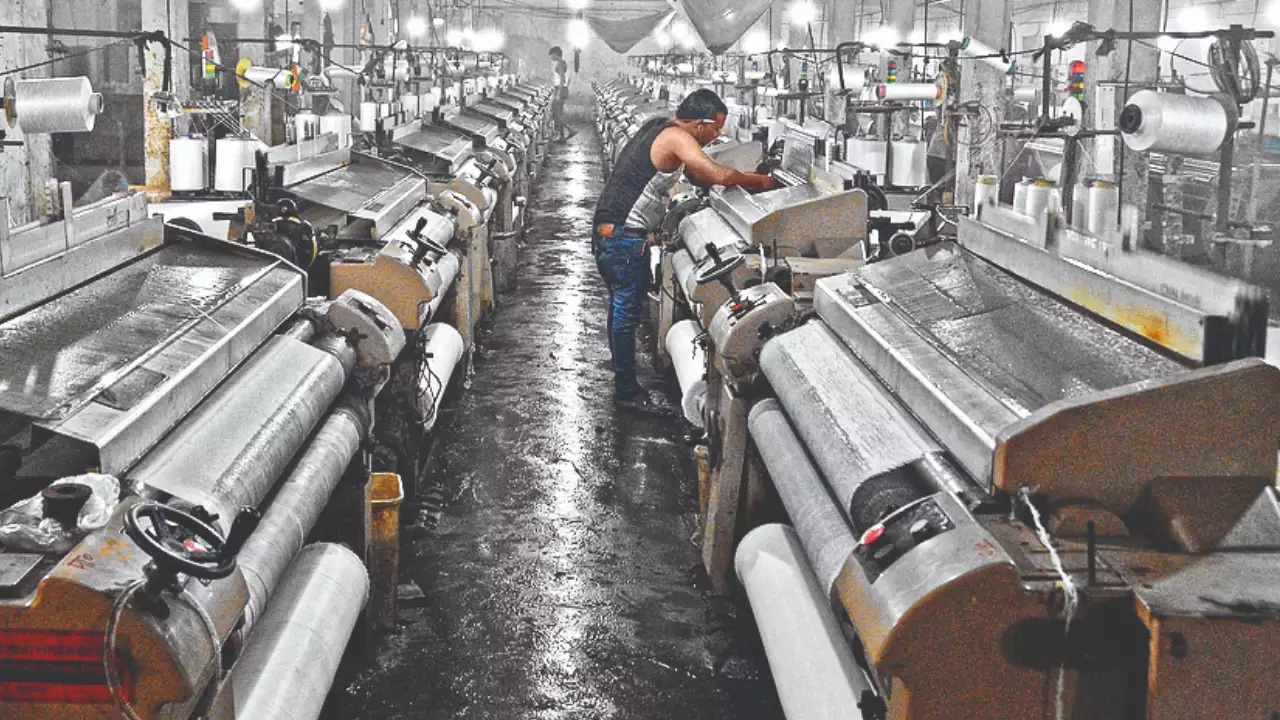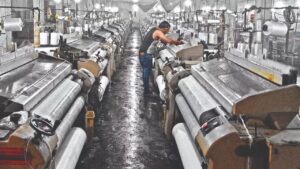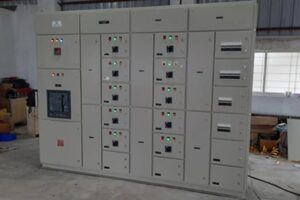
The textile industry has long faced criticism for its detrimental impact on the environment, marked by excessive water usage, chemical utilization, and the generation of substantial waste. These initiatives are reshaping the industry and laying the groundwork for a more sustainable and conscientious future. However, a notable shift has recently occurred, as the sector of textile technology has progressively embraced sustainable textile solutions. This blog explores the revolutionary impact of sustainable textile solutions on the industry and their role in shaping a more environmentally conscious future.
1. Sustainable Fiber Production
The production of textiles traditionally relies on resource-intensive processes, particularly in the cultivation and extraction of raw materials. However, sustainable fiber production methods are gaining traction, offering greener alternatives. One such solution is organic cotton, which eliminates harmful pesticides and reduces water consumption. Additionally, fibers like bamboo, hemp, and lyocell (TENCEL™) are being used more extensively due to their fast growth, minimal water requirements, and biodegradability.
2. Recycling and Upcycling
The textile industry is notorious for its significant contribution to waste generation. However, sustainable textile solutions tackle this issue through recycling and upcycling initiatives. Recycling involves converting post-consumer textiles into new fibers or materials, reducing the need for virgin resources. Furthermore, upcycling repurposes discarded textiles or garments into new and valuable products, extending their lifespan. These practices help minimize waste, conserve resources, and reduce the industry’s environmental footprint.
3. Innovative Manufacturing Processes
Conventional textile manufacturing processes often involve hazardous chemicals, excessive water consumption, and high energy requirements. Sustainable solutions are introducing innovative manufacturing processes that significantly reduce these impacts. For example, waterless dyeing techniques, such as air-dyeing and digital printing, minimize water usage and eliminate the release of harmful chemicals into waterways. Similarly, advancements in energy-efficient machinery and renewable energy sources are reducing the carbon footprint of textile manufacturing.
4. Circular Economy and Product Life Extension
The concept of a circular economy is gaining momentum in the industry of textile technology. It aims to keep resources in use for as long as possible, extracting maximum value from products and materials. Sustainable textile solutions emphasize product life extension through repair, reusing, and reselling. Furthermore, designing products for disassembly and using recyclable or biodegradable materials facilitates more accessible and more efficient recycling at the end of a product’s life. Implementing circular economy principles reduces waste and promotes a more sustainable and economically viable industry.
5. Transparent Supply Chains
Consumers are increasingly concerned about the ethical and environmental aspects of the products they purchase. Sustainable textile solutions emphasize transparency in supply chains, ensuring that the materials used and production processes are environmentally and socially responsible. This includes traceability of raw materials, fair labor practices, and adherence to environmental standards.
Conclusion
The industry of textile technology is currently experiencing a transformative transition towards sustainability, propelled by the necessity to tackle environmental issues and fulfill consumer expectations for eco-friendly products. Sustainable textile solutions provide novel approaches to fiber production, recycling and upcycling, manufacturing processes, circular economy practices, and transparent supply chains. Supporting and prioritizing sustainable textile solutions as consumers become crucial in driving positive changes within the industry and fostering a greener planet.
























